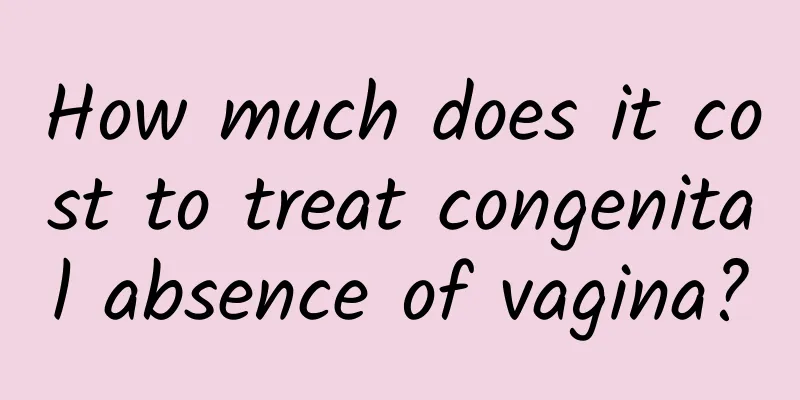How is pelvic effusion caused by adnexitis?

|
There are many reasons for pelvic effusion, and the formation of pelvic effusion can vary greatly due to different reasons. If it is a physiological pelvic effusion, the amount is usually small and mostly less than 2 cm. It is mainly formed by the follicular fluid that flows into the pelvic cavity after the egg is discharged. Since there is not much follicular fluid, the physiological pelvic effusion is less. If the pelvic effusion is caused by pelvic inflammatory disease, the inflammation stimulates the exudate in the pelvic cavity, which flows into the pelvic cavity and accumulates. The amount of pelvic effusion is usually more than 2 cm, accompanied by persistent lower abdominal pain and obvious anal swelling. The pain will worsen after intercourse. Pelvic tuberculosis also has more ascites. Ovarian tumors and intestinal tumors can also cause a large amount of ascites, mainly due to the necrosis and shedding of cancer cells and the mixed local exudates flowing into the pelvic cavity, often leading to bloody effusion. How to treat pelvic effusion The amount of pelvic effusion depends on how much it is. Generally speaking, there will be a small amount of pelvic effusion in the breast before menstruation. This is caused by the accumulation of follicular fluid in the female pelvic cavity after the follicles are discharged. However, such pelvic effusion generally does not exceed 20 mm. If it exceeds 20 mm, it needs treatment. This is due to the exudation caused by long-term inflammation. Therefore, in clinical practice, pelvic effusion is generally treated with anti-inflammatory drugs. You can take gynecological Qianjin tablets or Jingangteng, cefuroxime or amoxicillin. While taking the medicine, you must pay attention to rest, increase nutrition, and enhance your own resistance. What medicine is good for pelvic effusion? Generally speaking, pelvic effusion occurs when women have inflammatory exudation, and women also have follicular fluid discharge after ovulation, so B-ultrasound will show some pelvic effusion. However, such pelvic effusion generally does not exceed 20 mm. If pelvic effusion is found after menstruation, and the pelvic effusion exceeds 20 mm at ordinary times, this situation requires drug treatment. Some anti-inflammatory drugs are commonly used in clinical practice, such as cefuroxime plus ornidazole. |
<<: Causes of threatened miscarriage in early pregnancy
>>: How to treat ovarian cysts surgically
Recommend
Which hospital is best for curing endometrial tuberculosis?
In life, many female friends are surrounded by en...
What are the precautions after artificial abortion? There are 4 points that the husband should know
The first thing you need to pay attention to afte...
How much does the second stage treatment of cervical warts cost?
In today's society, "it's difficult ...
How long after curettage can I have sex? The harm of having sex too early after curettage
For most female friends, they have certain gyneco...
What is adenomyosis?
Adenomyosis is a common disease among women in to...
Can I get pregnant with pelvic inflammatory disease?
Can I get pregnant with pelvic inflammatory disea...
Sexual life disorders can lead to the onset of uterine fibroids
The incidence of uterine fibroids is increasing. ...
What tea can reduce belly fat? Lotus leaf tea and oolong tea are on the list
[Key Points]: What kind of tea can reduce belly f...
Is it normal to have early menstruation and little menstrual flow?
Is it normal to have early menstruation and littl...
Symptoms of premature ovarian failure in women
Women must be vigilant when their ovarian functio...
Long-term medication for hyperprolactinemia
Generally, patients with hyperprolactinemia will ...
What are the prevention methods for chronic adnexitis?
In China, the incidence of chronic adnexitis has ...
Can vaginal candidiasis heal itself?
Candidal vaginitis is a type of vaginitis caused ...
Correcting 2 major misconceptions about cervical erosion
Cervical erosion is a common gynecological diseas...
Irregular menstruation may also be a symptom of blood deficiency and qi stagnation
Irregular menstruation may also be a manifestatio...









